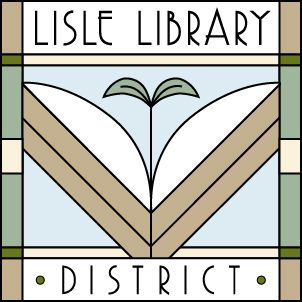When we met in December, the group went through a list of suggested books to choose which ones we would read in the upcoming months. We chose a number of great books, but here is the entire list (ones chosen for our next reading cycle are highlighted in color):
Wild: From Lost to Found on the Pacific Crest Trail by Cheryl Strayed
The Sibling Effect: What the Bonds Among Brothers and Sisters Reveal About Us by Jeffrey Kluger
Ghost Ship: The Mysterious True Story of the Mary Celeste and Her Missing Crew by Brian Hicks
Yes, Chef by Marcus Samuelsson
Rocket Girl: The Story of Mary Sherman Morgan, America’s First Female Rocket Scientist by George D Morgan
Dogtripping: 25 Rescues, 11 Volunteers, and 3 RVs on Our Canine Cross-Country Adventure by David Rosenfelt
The Fishing Fleet: Husband-Hunting in the Raj by Anna De Courcy
The Inheritor’s Powder: A Tale of Arsenic, Murder, and the New Forensic Science by Sandra Hempel
Walden on Wheels: On the Open Road from Debt to Freedom by Ken Ilgunas
Heroes in the Night: Inside the Real Life Superhero Movement by Tea Krulos
The Little Bookstore of Big Stone Gap: A Memoir of Friendship, Community, and the Uncommon Pleasure of a Good Book by Wendy Welch
The World’s Strongest Librarian: A Memoir of Tourette’s, Faith, Strength, and the Power of Family by Josh Hanagarne
She Left Me the Gun: My Mother’s Life Before Me by Emma Brockes
The Astaires: Fred & Adele by Kathleen Riley
Quiet: The Power of Introverts in a World That Can’t Stop Talking by Susan Cain
The Artist, The Philosopher, and The Warrior: The Intersecting Lives of Da Vinci, Machiavelli, and Borgia and the World They Shaped by Paul Strathern
Cold: Adventures in the World’s Frozen Places by Bill Streever
Dorothea Lange: A Life Beyond Limits by Linda Gordon
The Forger’s Spell: A True Story of Vermeer, Nazis, and the Greatest Art Hoax of the Twentieth Century by Edward Dolnick
Why Be Happy When You Could Be Normal? By Jeanette Winterson
I Know Why the Caged Bird Sings by Maya Angelou
Out of Africa by Isak Dinesen
After Visiting Friends: A Son’s Story by Michael Hainey
Book of Ages: The Life and Opinions of Jane Franklin by Jill Lepore
The Biology of Belief: Unleashing the Power of Consciousness, Matter, & Miracles by Bruce Lipton, PhD
Consider the Fork: A History of How we Cook and Eat by Bee Wilson
Cooked: A Natural History of Transformation by Michael Pollan
Gulp: Adventures on the Alimentary Canal by Mary Roach

 This evening, the group met to discuss The Great Pearl Heist by Molly Caldwell Crosby. As it turned out, we had a lot of the same reactions to the book, so my summary here won’t be very long:
This evening, the group met to discuss The Great Pearl Heist by Molly Caldwell Crosby. As it turned out, we had a lot of the same reactions to the book, so my summary here won’t be very long:
 Last night, the group met to discuss Visiting Tom: A Man, A Highway and the Road to Roughneck Grace by Michael Perry. Our group had previously discussed one of the author’s other books, Coop, back in July of 2010, so some readers were already familiar with the author. We had an interesting, and varied discussion — I’ll try to hit some of the highlights of what readers had to say here:
Last night, the group met to discuss Visiting Tom: A Man, A Highway and the Road to Roughneck Grace by Michael Perry. Our group had previously discussed one of the author’s other books, Coop, back in July of 2010, so some readers were already familiar with the author. We had an interesting, and varied discussion — I’ll try to hit some of the highlights of what readers had to say here: Our group met on Wednesday evening to discuss James Burke’ book, Connections. As it turned out, most readers had similar comments about the book, so I’ll hit some of the highlights from our discussion:
Our group met on Wednesday evening to discuss James Burke’ book, Connections. As it turned out, most readers had similar comments about the book, so I’ll hit some of the highlights from our discussion: We will meet a bit earlier in the month, on
We will meet a bit earlier in the month, on 